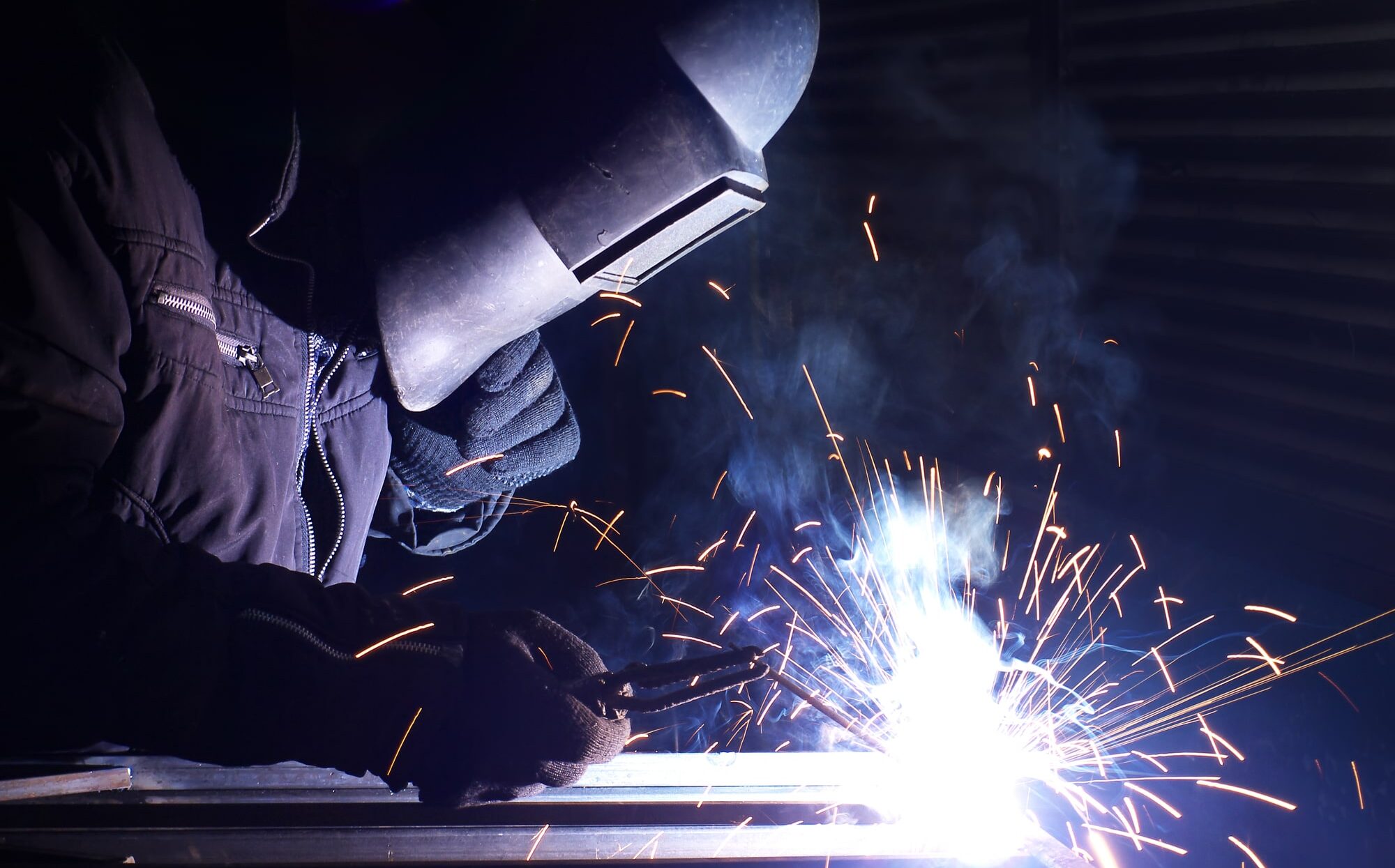The Importance of Welding WPS: Guaranteeing Quality and Safety And Security in Your Jobs
Understanding Welding WPS Requirements: Best Practices and Techniques for Top Quality Welds
In the world of welding, understanding Welding Procedure Specification (WPS) requirements is a crucial element that directly affects the quality and honesty of welds. Complying with these requirements makes certain uniformity and reliability in welding results. Nevertheless, accomplishing quality in welds goes past just understanding the standards; it involves implementing finest techniques and strategies that raise the craft to a level of accuracy and skill that distinguishes the standard from the exceptional. As we navigate with the details of welding WPS requirements, discovering crucial insights and strategies for achieving top-tier welds will certainly be paramount for welders seeking to excel in their craft and create welds that stand the test of time.
Understanding Welding WPS Requirements

Inspectors rely on WPS documents to validate that welding procedures are being followed properly and that the resulting welds are of high top quality. Designers use WPS requirements to create welding procedures that guarantee the toughness and reliability of welded frameworks.

Necessary Devices for High Quality Welds
Understanding welding WPS criteria is essential for welders to properly make use of the essential tools required for creating quality welds. The kind of welding device required depends on the welding process being utilized, such as MIG, TIG, or stick welding. Cord brushes and breaking hammers are crucial for cleaning the weld joint before and after welding to eliminate any kind of impurities that can affect the quality of the weld.
Key Methods for Welding Success
To achieve welding success, one have to master the essential techniques important for generating top notch welds. One vital strategy is maintaining the right arc size. Keeping the electrode at the ideal range from the workpiece is crucial for producing strong, consistent welds. Furthermore, regulating the travel speed is vital. Relocating as well swiftly can result in insufficient penetration, while moving too gradually can lead to too much warmth input and possible issues. Appropriate adjustment of the electrode angle is one more crucial technique. The angle at which the electrode is held can affect the bead shape and penetration of the weld. Additionally, making sure consistent weapon angle and instructions of traveling is necessary for uniformity in the weld bead. Last but not least, preserving a consistent hand and a stable welding setting throughout the procedure is essential to attaining precision and consistency in the welds. By understanding these vital techniques, welders can raise the high quality of their work and accomplish welding success.
Ensuring Compliance With WPS Requirements

Furthermore, keeping in-depth documents of welding criteria, equipment calibration, and assessment results is critical for demonstrating compliance with WPS criteria. By diligently adhering to WPS criteria, welders can make sure that their job fulfills the needed quality degrees and contributes to the general success of the welding task.
Troubleshooting Common Welding Issues
When confronted with common welding issues, determining the root reason is important for effective troubleshooting. One widespread problem is the visibility of porosity in welds, typically triggered by pollutants such as oil, moisture, or rust. To resolve this, making sure proper cleaning of the base metal before welding and utilizing the right securing gas can substantially reduce porosity. One more try these out issue frequently run into is absence of combination, where the weld falls short to correctly bond with the base product. This can come from poor warmth input or inappropriate welding strategy. Readjusting criteria such as voltage, wire feed rate, or take a trip rate can help enhance fusion. Additionally, distortion, cracking, and spatter prevail welding obstacles that can be mitigated with correct joint preparation, consistent warm control, advice and picking the proper welding consumables. By extensively recognizing these common welding concerns and their origin causes, welders can effectively troubleshoot troubles and accomplish premium welds.
Conclusion
In conclusion, mastering welding WPS requirements requires an extensive understanding of the guidelines, making use of essential devices, and implementing vital techniques for successful welds. Making certain compliance with WPS requirements is important for creating high quality welds and avoiding usual welding issues. By complying with best strategies and practices, welders can accomplish reputable and consistent lead to their welding projects.
In the world of welding, check my blog grasping Welding Procedure Specification (WPS) requirements is an essential part that straight affects the quality and stability of welds.When diving into the world of welding methods, an essential aspect to comprehend is the significance and complexities of Welding Treatment Requirements (WPS) criteria. WPS standards provide a thorough standard for welding procedures, making sure consistency, top quality, and security in the welding process. The type of welding device needed depends on the welding procedure being used, such as MIG, TIG, or stick welding.Achieving welding success via the mastery of vital methods necessitates a thorough understanding and adherence to Welding Treatment Specification (WPS) requirements.